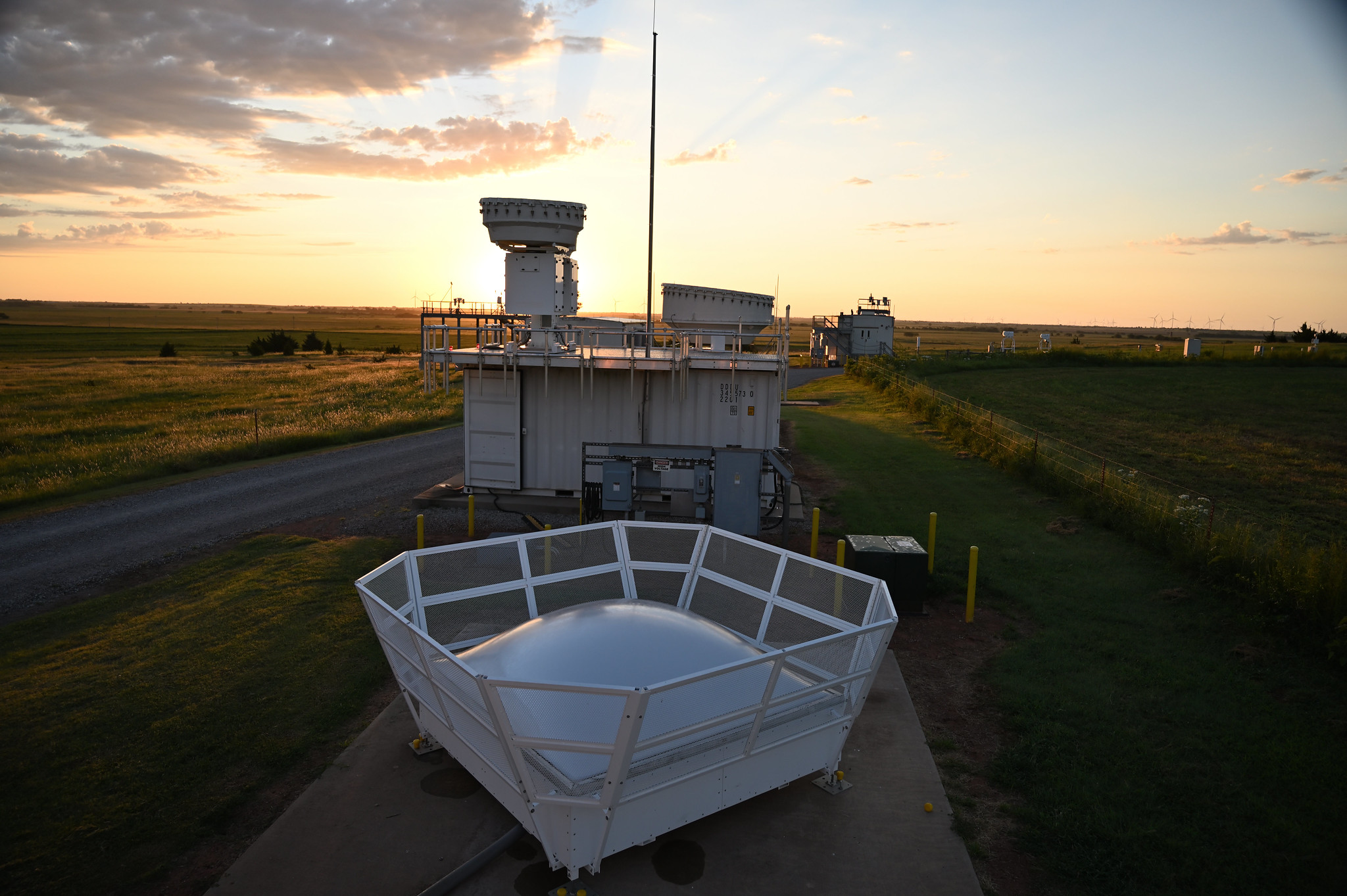ARM Data Help Scientists Challenge Perceptions of the Link Between Clouds and Land
Published: 25 April 2024
Eos magazine highlights recent research that questions the previous conventional understanding of how clouds form and engage with the Earth’s surface

The planetary boundary layer (PBL), the bottom layer of the atmosphere, is highly influenced by the Earth’s surface. Factors such as topography, surface cover, and heat rising from the ground all contribute to complex coupling processes inside the PBL that govern weather and the interactions between the surface and atmosphere.
Historical efforts to study cloud-PBL-surface coupling primarily focused on marine stratocumulus clouds. This focus resulted in a lack of understanding about coupling dynamics that occur over continental land surfaces.
But a February 2024 article published by Eos, an American Geophysical Union science news magazine, shows how scientists are addressing that gap.
The article by researchers Tianning Su of Lawrence Livermore National Laboratory in California and Zhanqing Li of the University of Maryland, College Park, focuses on their analysis of long-term data from the Atmospheric Radiation Measurement (ARM) user facility. The U.S. Department of Energy’s Atmospheric System Research (ASR) program and National Science Foundation supported their analysis.
Their team analyzed an array of atmospheric data, including lidar, radar, radiosonde, and surface meteorology records collected over two decades from ARM’s Southern Great Plains atmospheric observatory in Oklahoma. In their analysis, the researchers found significant differences in cloud-PBL-surface coupling over land when compared with past observations that focused primarily on marine stratocumulus clouds.
By using ground-based lidar data to distinguish between coupled and decoupled cloud states, the scientists were able to assess the vertical alignment of cloud bases with PBL evolution. This results in a more direct measure of cloud-PBL-surface coupling compared with previous surface-based analysis. It enables the tracking of complex interactions between clouds, the PBL, and land surfaces across varying atmospheric conditions.
With these innovations, the researchers explored the nature of cloud coupling over land. They found that coupled clouds are strongly sensitive to surface heating and any changes within the PBL, including shifts in stability, humidity, and turbulence. In contrast, decoupled clouds showed weak links to the surface forcing.
These new cloud-PBL-surface coupling observations underscore the unique influence that land surfaces have on coupling and PBL evolution while also raising intriguing questions about boundary-layer turbulence. A better understanding of these processes can potentially enhance capabilities for weather forecasting and climate modeling, and it can provide a more detailed picture of how clouds and land surfaces interact.
Keep up with the Atmospheric Observer
Updates on ARM news, events, and opportunities delivered to your inbox
ARM User Profile
ARM welcomes users from all institutions and nations. A free ARM user account is needed to access ARM data.


















